The Pre-Inuit occupation of Newfoundland and Labrador spans nearly 3000 years and overlaps with the Maritime Archaic, Intermediate Period and Recent Period occupations. The Pre-Inuit is subdivided into Early and Late periods represented by the Pre-Dorset and Groswater (who make up the Early Pre-Inuit in this province) and the Dorset Pre-Inuit (who are the Late Pre-Inuit in this province). Interestingly, the Pre-Inuit groups probably had the highest population of people in the precontact period in the province; that is if you can equate the number of sites to population figures. In Labrador, there are about 700 recognized Pre-Inuit sites and about 350 precontact Indigenous sites. That two to one average is also on the Island with about 350 Pre-Inuit sites and 150 precontact Indigenous sites.
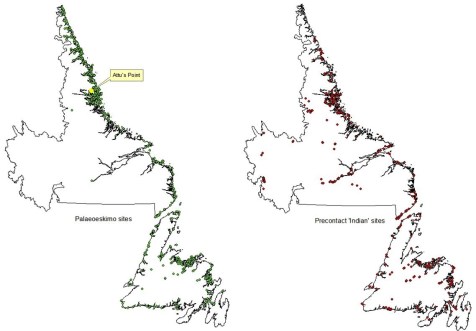
In terms of relationships, it seems that both the Dorset and Groswater cultures derive from Pre-Dorset. Groswater is seen by some as a regional variant of Pre-Dorset while Dorset is considered descended from Pre-Dorset. One of the main characteristics used by archaeologists to suggest a Pre-Dorset – Groswater relationship is the presence of mid-passage house structures and box-hearths in both cultures. One of the best sites to see this feature is Attu’s Point (HeCk-05) along the north coast of Labrador.
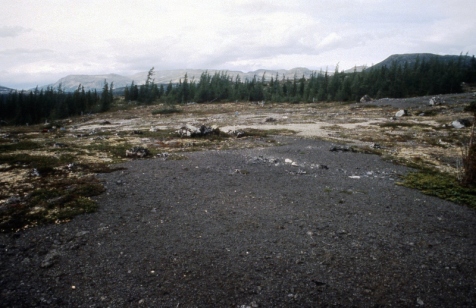
Attu’s Point was found in Webb Bay, Labrador in 1993 by archaeologist Bryan Hood. He returned to the site to do further work in 1994. The site is believed to be at least 750 m2 and has both Maritime Archaic and Pre-Dorset components. Those cultural components are represented in more than 20 different localities within the site. Most of these areas are composed of Pre-Dorset occupations with various features ranging from lithic scatters, various cobble structural features (unclear function) and at least five areas had dwelling structural remains, in one case extremely well preserved including mid-passage features and box hearths.
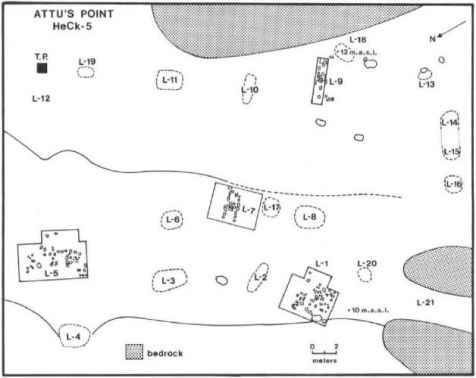
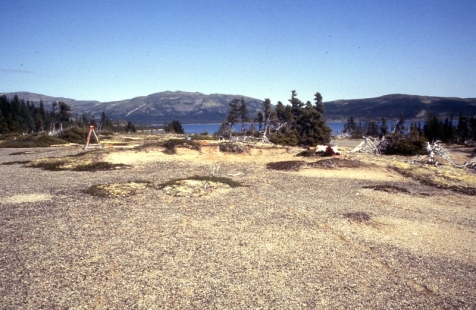
These mid-passage features are usually composed of two lines of cobbles that run down the middle of a dwelling. There are different interpretations of the purpose of these structures. It is speculated that they either divide the tent into separate areas for males and females or divide the tent into male and female activity areas or into areas for sleeping and areas for other activities.
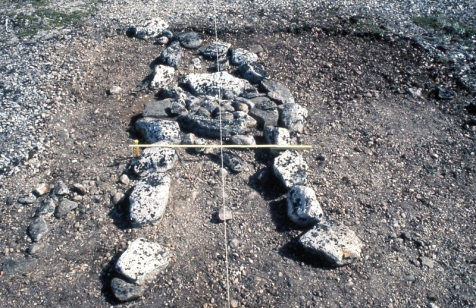
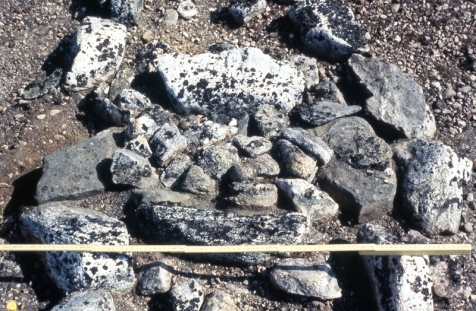
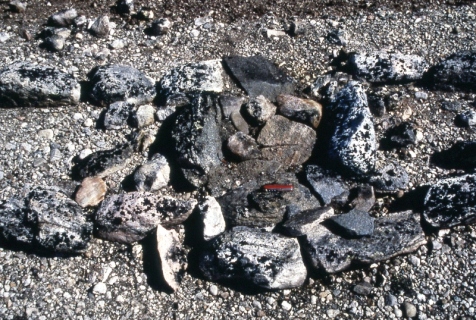
Charcoal collected from the site returned two close dates; 3750 ± 60 B.P. (Beta-77611) from locality 1 and 3790 ± 70 B.P. (Beta·77612) from locality 5. Both of those dates came from the lowest occupied beach terrace on the site; it is possible earlier occupations exist on the higher beaches. Those dates place the Pre-Dorset occupation of the site near the start of the Pre-Dorset occupation in Labrador. As far as archaeologists can tell the first Pre-Inuit arrived in Labrador around 4000 years ago.
A typical assortment of Pre-Dorset stone tools were found at the site including endblades, bifaces, burins and burin spalls, microblades and microblade cores and scrapers. These artifacts were made on typical Pre-Dorset lithic material including Mugford chert, Ramah chert and quartz crystal (Hood 1995).
Hood suggests the site was occupied multiple times over numerous years in the spring or fall because it is during these seasons seals move through the bay. At this time of year, the site occupants would have also had access to fish, ducks, bears, and caribou (Hood 1995).
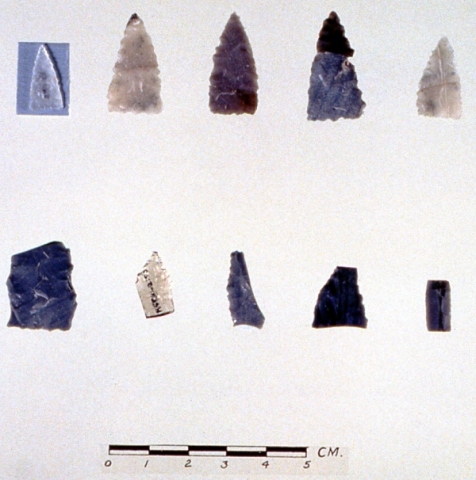
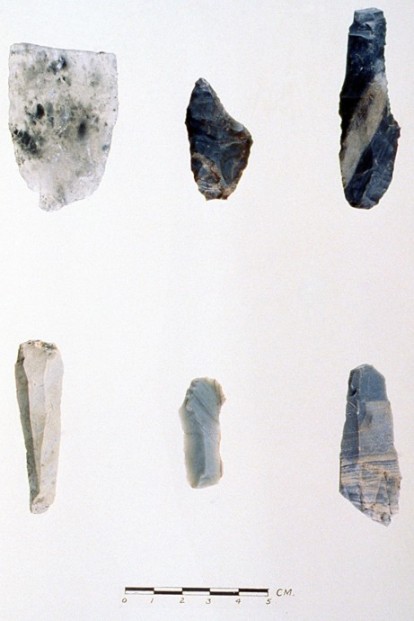
Hood, Bryan 1995 The Maritime Archaic/Pre-Dorset Boundary Project: Report On The 1994 Field Season.
Here’s some older VHS I shot back in 1996 of an excavation in Cape Ray. Lisa Foght was in charge of that dig.
That’s great! Thanks for sharing.
Kudos to Stephen for another fascinating vignette on Labrador archaeology!
A further detailed analysis and discussion of the Pre-Dorset sites at Attu’s Point appears in Bryan Hood’s 2008 monograph “Towards an Archaeology of the Nain Region, Labrador” which was published as #7 in the series Contributions to Circumpolar Anthropology by the Smithsonian’s Arctic Studies Center. The monograph also includes a detailed discussion of the excavation of a Maritime Archaic site on Nukasusutok (an island southeast of Nain) and explores the contact experiences and social dynamics between Maritime Archaic Indians and the Pre-Dorset paleoeskimos on the central Labrador coast. Anyone who would like a copy of Bryan’s book should send a request to me and I would be glad to send them one:
Stephen Loring
Smithsonian Institution
NMNH MRC-112
PO Box 37012
Washington, DC 20013-7012
Yes, an excellent book. Thank-you Stephen.